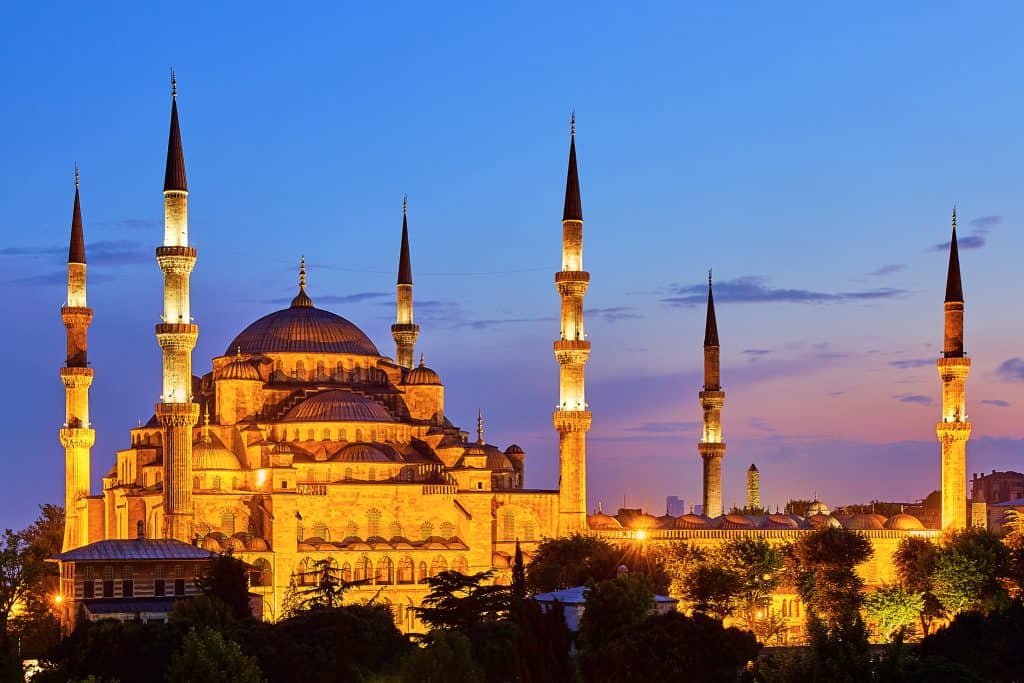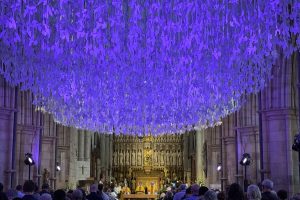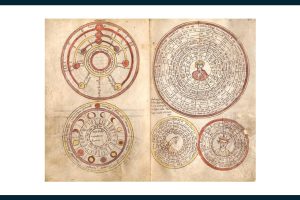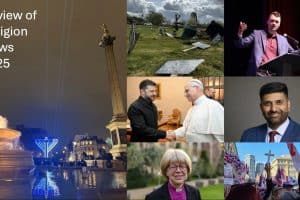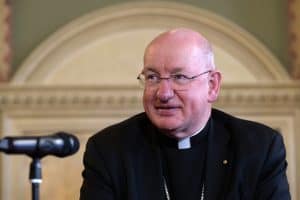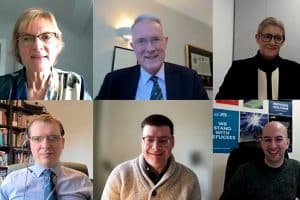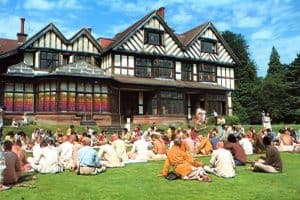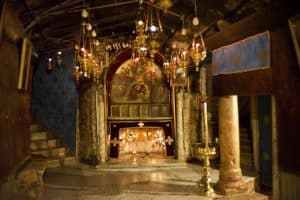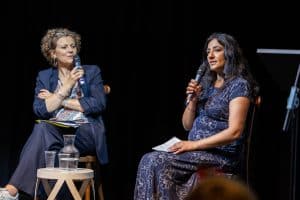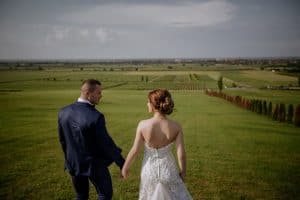By Maira Butt
Whether it’s the grand domes and sharp turrets of Istanbul’s Blue Mosque, the intricate geometrical designs, the poetry of Hafez and Rumi and the influences on William Morris and the Romantic poets, Islam has a rich and diverse cultural heritage that is often left unexplored or underappreciated in the West.
It is a challenge that Sadiya Ahmed is hoping to correct through her project to archive and document Muslim heritage here in the UK.
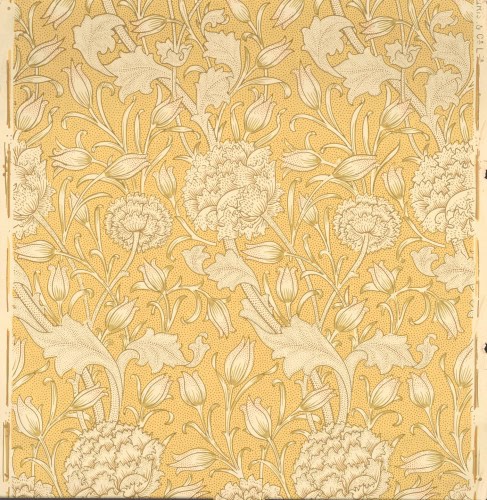
Most recently, Everyday Muslim, which Ms Ahmed founded, partnered the William Morris gallery to deliver a series of events and workshops exploring the intersection between Islamic arts and heritage and the instantly recognisable work of Morris, the19th-century textile designer, poet and artist.
Ms Ahmed says staff at the gallery remarked on how the programme brought in “the most diverse visitorship” that the institution had seen to date.
However, the ambition to shed light on the culture and history of Britain’s Muslims, who now number 3.9 million, began with something far humbler. “I stayed at home raising my children until the age that they were at school full-time and that’s where the project came from,” Ms Ahmed told the Religion Media Centre.
“I was looking at a way of finding connections for my children between our faith, culture, and being British.”
She adds: “I wanted it to be in a tangible and everyday way. Not in a way that’s prescribed that you would learn in a mosque or a school classroom. Something that’s self-directed. I didn’t realise it at the time but it was something connected to the way learning is in our culture, which is very much an oral tradition.”
Contrary to the western world’s tradition of writing down its history and culture, other communities value the spoken word, the oral tradition of storytelling through words, songs, and images undertaken with vigour. This is reflected through practices such as memorising the 604 pages of the Quran, something some Muslims, becoming Hafiz — a guardian, or protector — can do before the age of 10.
But with the richness and sense of community of the oral tradition comes a risk: the work can be lost through war, displacement, the passage of time and — in the case of many Muslims — colonialism.
“Oral traditions are very central to the way we learn culturally,” Ms Ahmed adds. “I realised that a lot of our stories and experiences are just not documented. If they’re not documented, we have no way of learning from them. This is why I chose to collect oral histories, and then photographs, because visual representations of Muslims are very one-dimensional when you look at the press.”
Another example of the organisation’s work is its Muslim heritage trails. One in Woking, Surrey, allows visitors to see the Shah Jahan, the UK’s first purpose-built mosque, as well as the first burial site dedicated to Muslim soldiers in the Peace Garden, and Brookwood Cemetery, which includes Britain’s first Muslim graveyard. The sites include the resting places of notable British Muslim figures including the Quran translator Marmaduke Pickthall.
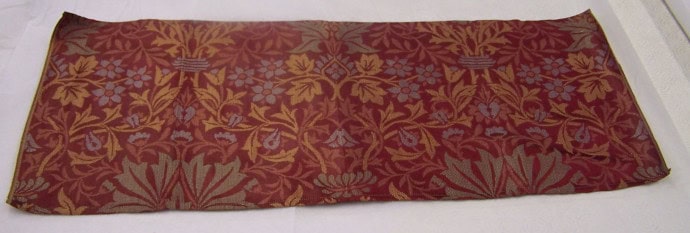
Meanwhile, Ms Ahmed’s work on Morris, who studied Islamic art at South Kensington Museum (now the Victoria and Albert), is an example of art history being brought to life. Morris was inspired by the intricate architecture and artwork of Turkish, Persian and other Oriental artists.
It is a tradition that continues today in the works of artists such as Samir Malik, whose long and winding road to his vocation as a calligrapher was filled with travel, revelations, and, of course, beauty.
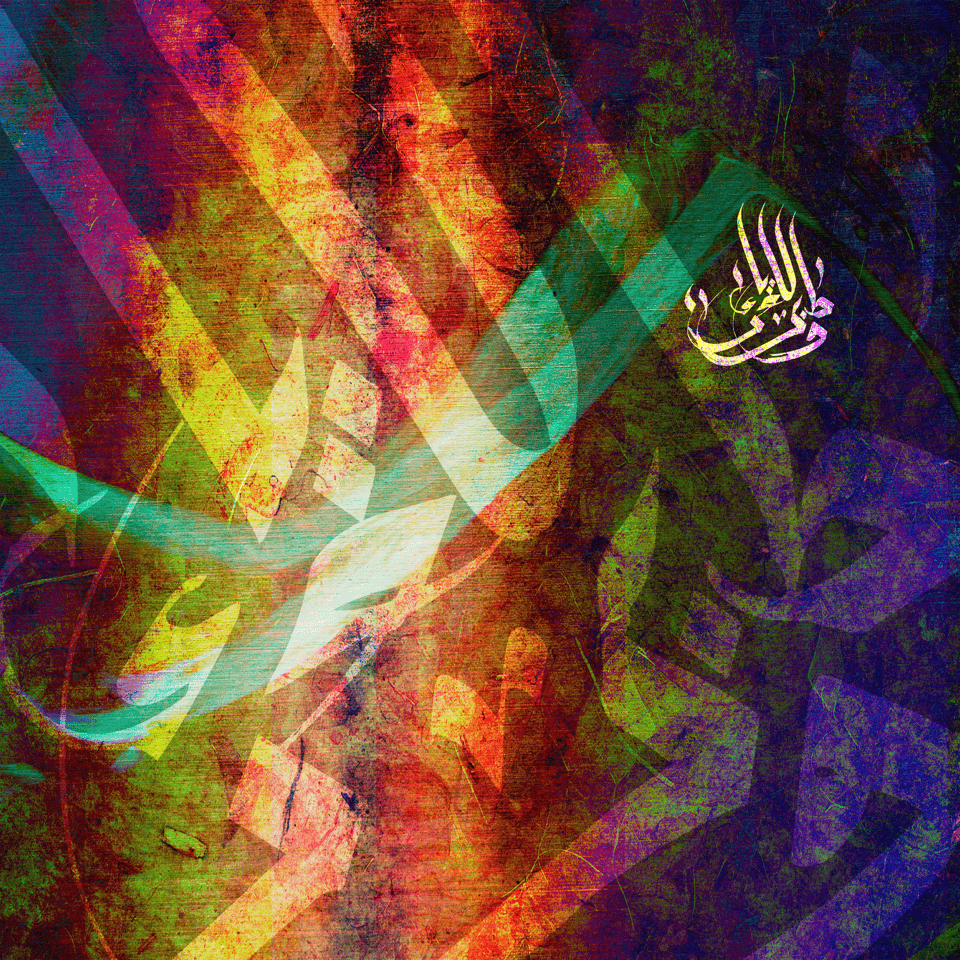
Trained in osteopathic medicine, he worked in the field for nine years, while developing his art — a mixture of oils, acrylics, watercolours, printmaking and calligraphy. His work as an osteopath took him to Germany, where he continued entertaining artists and musicians from across the world.
“I learnt everything from monotype printing to Japanese calligraphy,” he said. But at the age of 32, he gave up his career to pursue his passion.
“After ten years, I decided to find myself, so I moved to Damascus. I left it all behind and I was there with my sister and my two nephews,” he says.
Supporting his sister, who was newly divorced, he threw himself into his new life. One day she suggested he try a calligraphy course at the local university. “I thought, ‘Why not? It’s one day a week’.” What started as a curiosity went on to become a lifelong commitment.
St Paul’s Damascene revelation inspired Samir Malik, whose Muslim mother went to a Catholic school in Kenya. Living two minutes away from the site of the revelation, he had an epiphany of his own.
“From my first lesson, I realised this was what I want to do for the rest of my life. I practised my calligraphy and did it really badly for eight hours a day, six days a week.”
He studied the Quranic texts, researching the composition of the ayahs, or verses, and studying the history of the art form that conveys the Arabic text in line with aesthetic practices.
Samir’s father was a tailor, and his grandfather created the Jinna cap worn by Muhammad Ali Jinnah, Pakistan’s founder, a tapered variation on the karakul, a woollen hat.
By the time Mr Malik returned to London, he was one of only four or five specialist calligraphers in the country. Now, he says, there are hundreds. From being commissioned to complete a piece for the Sultana of Malaysia, to exhibiting at the House of Lords, the artist has gone on to deliver workshops, and commission countless artworks for royalty, corporations, and personal households.
Within the history of Islamic heritage, Mr Malik says Arabic calligraphy has an especially significant role.
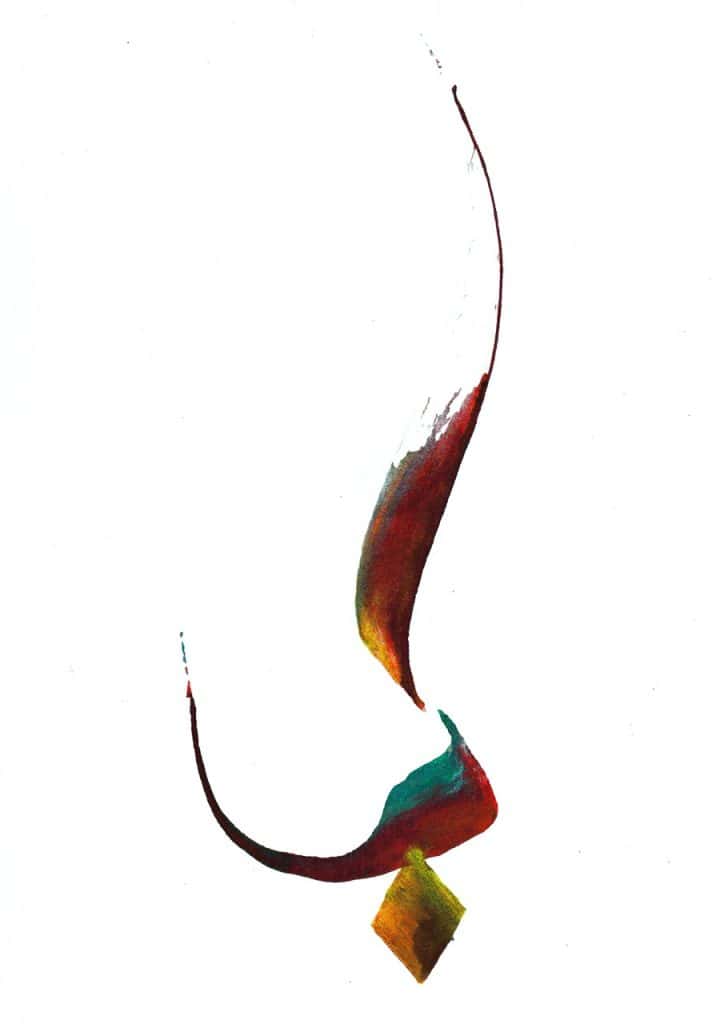
“Along with geometry and arabesque decoration, and all the other stuff, Islamic calligraphy is like a metaphor, because your eyes will see something but your heart will feel what’s beyond it. It’s a sign, a hint. It’s a form of meditation and prayer. One person compared my work to ley lines, the grid around the earth buzzing with high energy.”
He has written the words “Love” and “Allah” in Arabic more than 250,000 times but he believes the power of calligraphy is far greater than its beauty. While Muslim Heritage Month, organised by the Muslim Women’s Network, takes place every March, he thinks the power of art combined with religion and spirituality is timeless.
“There’s one piece I donated for charity. It’s a large canvas that says ‘Soul’,” he says. “One man stood in front of it for about two hours. I said if he had any questions he could ask. At the end he turned to me and asked me, ‘What does it say?’
“I said, ‘Why don’t you tell me what it says because you spent more time with it today than I did in the last year.’ And he said, ‘Does it say soul?’ I said, ‘That’s exactly what it says’.
“Ruh, or spirit. He just started crying and bought the piece straight away. This is why I think if you put yourself in the art, human beings will recognise it and I’ve had that experience so with many times.”

